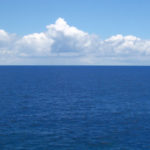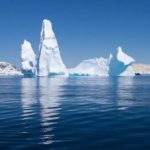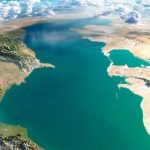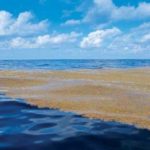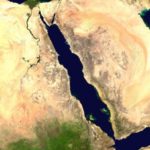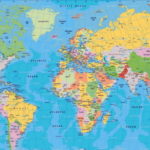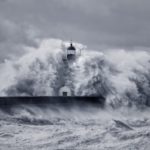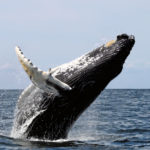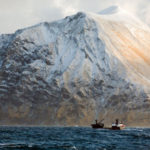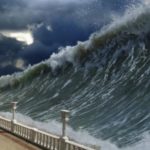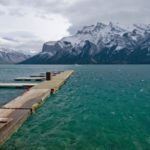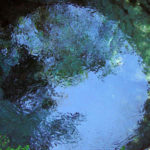Interesting facts about the Indian Ocean
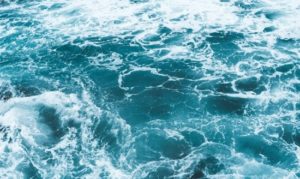 The huge Indian Ocean for a long time remained unexplored edges for Europeans, although the ships of the surrounding countries plowed its waters from time immemorial. Now, in our days, the Indian Ocean is an important shipping space, but despite this, its depth has not yet been practically explored due to the difficulty of any such activities.
The huge Indian Ocean for a long time remained unexplored edges for Europeans, although the ships of the surrounding countries plowed its waters from time immemorial. Now, in our days, the Indian Ocean is an important shipping space, but despite this, its depth has not yet been practically explored due to the difficulty of any such activities.
It accounts for about 20% of the total water surface of the Earth.
The Indian Ocean is almost 12,000 times larger than Baikal, the largest freshwater lake on our planet.
Its waters are washed by 4 continents – all except North and South America.
Between the southern points of Australia and Africa, the width of the Indian Ocean reaches about 10 thousand kilometers.
By area of the water surface, he ranks third among all the oceans of the Earth, yielding to the Pacific and Atlantic.
The Indian Ocean is 8 times larger than China.
The Portuguese navigator Vasco da Gama bore the title “Admiral of the Indian Ocean” granted to him by the king.
The deepest point of the Indian Ocean exceeds the mark of 7200 meters.
About 15% of its area falls on the bays and straits entering its water area.
In the ancient Russian sources the Indian Ocean is referred to as the Red Sea. And the ancient Greeks called him the Eritrean Sea.
Here destructive storms and storms are especially often born, although not as often as in the Pacific, which more than doubles the size of the Indian.
The first European who went by sea across the Indian Ocean from Europe to India was the aforementioned Vasco da Gama.
In 2004, the strongest earthquake in the entire history of observations occurred in the Indian Ocean. The tsunami he caused devastated nearby shores and killed more than 300 thousand people.
In the south of the Indian Ocean, near Antarctica, sunny days above its surface are less than cloudy ones.
In some parts of it, the height of the tides reaches 7-8 meters, although on average it is 2-3 meters.
The Red Sea, into which no river flows, would have dried up if it had not been replenished by the waters of the Indian Ocean.
The salinity of the waters of the Indian Ocean decreases from north to south. In its southern part, the salt water is diluted with fresh water due to melting ice.
It is heavily polluted due to the fact that it runs through numerous routes of oil tankers and other merchant ships.
The Indian Ocean washes the shores of 35 independent countries, as well as overseas possessions of Great Britain and Antarctica.
Only in the mid-00s of the 21st century, huge underwater mountain ranges were discovered at the bottom of the Indian Ocean.
